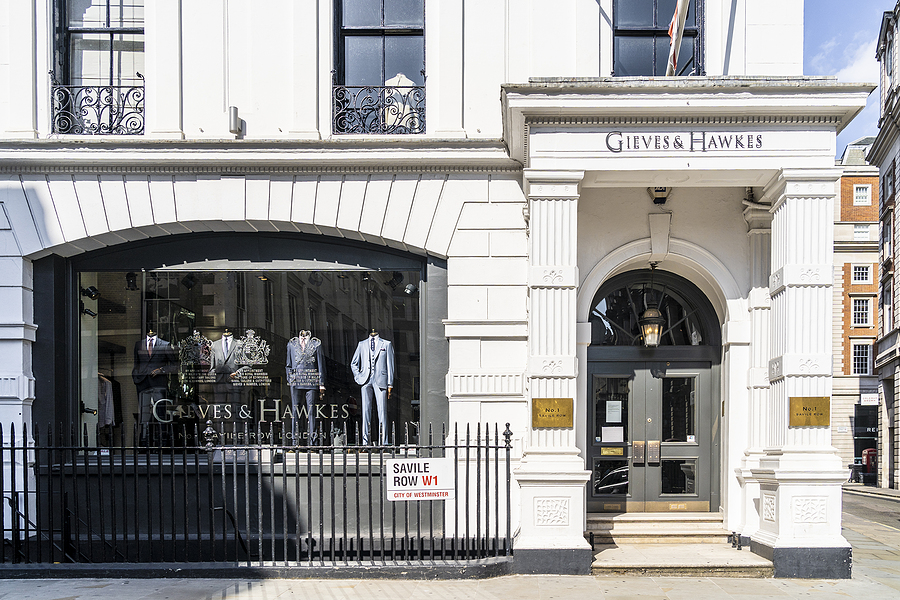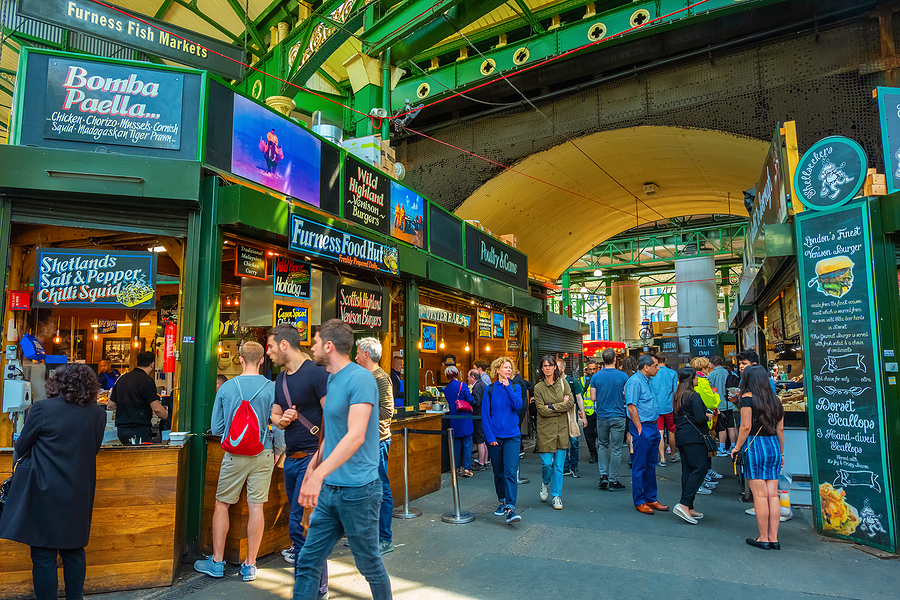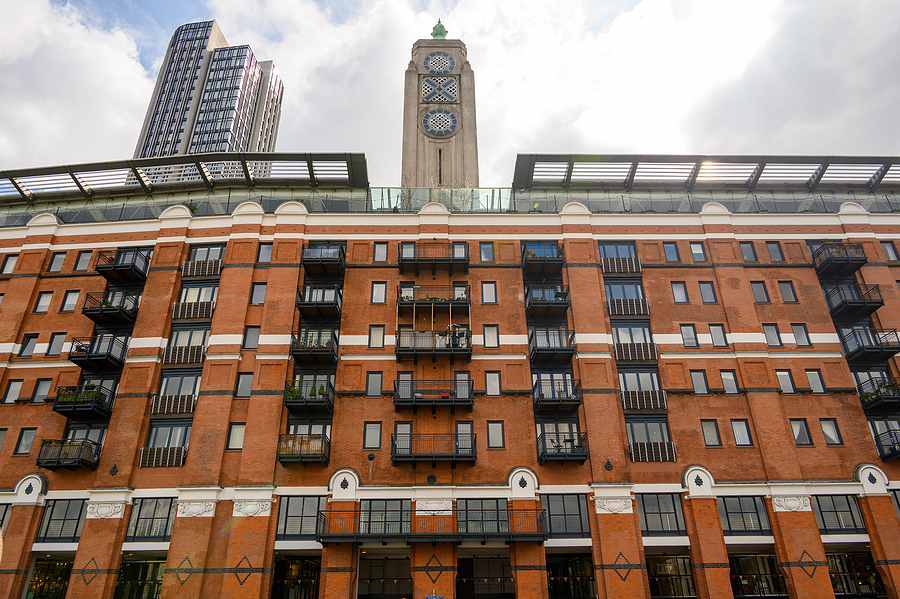We have previously written about the royal parks you can enjoy in central London and their many fascinating features. However, private tours of London are not just about the many attractions in the heart of the city, because there is so much more to see in other areas as well.
This is true for the Royal Parks because of the ten of them in total, four lie outside central London, including the two largest of all.
Richmond Park
At the top of the list is Richmond Park, in the south-west of the city. Standing on the bank of the Thames, this 2,500-acre expanse is a remarkable area of greenery in a city so large. Indeed, it is London’s largest Site of Special Scientific Interest, a designation given because of its wonderful biodiversity.
This is true both for flora and fauna. There is a wealth of ancient woodland (including a 750-year-old oak), grassland, flowers, and even, for those fascinated by such things, some remarkable fungal species.
At the same time, anyone looking for wildlife cannot help but notice the deer. Indeed, having first been established by Charles I in 1625, the park soon became a hunting range, with deer being introduced in 1637. Today, hundreds of red and fallow deer roam the park. Other wildlife includes birds of prey and bats.
If you prefer horses to deer, there are many routes for riders to enjoy, as well as a polo arena. The huge expanse of the park also includes several ponds, some of them small, but with the two larger Pens Ponds in the middle.
You can enjoy a view towards central London from elevated spots like King Henry’s Mound, from where St Paul’s Cathedral is visible. However, the vast areas of greenery can also make it feel like you have wandered deep into the English countryside.
Bushy Park
This feeling can be helped by the fact that there are other very large open spaces nearby. Most of these, such as the famous Wimbledon Common, are not royal parks. However, Bushy Park, just to the west, certainly is and at 1,000 acres, it is also a wonderful oasis of green.
Here, too, you will find roaming deer, woodland and ponds filled with wildfowl. And for a truly royal connection, you can visit the Diana Fountain (named after the late Diana, Princess of Wales) and, just beyond it, Hampton Court Palace, the former home of King Henry VIII.
American Visitors will also be able to enjoy a piece of their own history in Bushy Park, as a building that once stood in the park was the headquarters used by General Dwight D. Eisenhower during the planning of the D-Day operations. Its location is marked by a plaque.
East Meets West In Greenwich Park
Visits to both parks can include walking beside the River Thames, a much narrower river here than it becomes in central London, where it becomes tidal. That is in contrast with a park across the city that overlooks the historic maritime heart of the city – Greenwich Park.
Greenwich is a fascinating district in itself because of its seafaring heritage, but the park is of particular interest, because it is in here, at the top of the hill rising from the Royal Maritime Museum, that the famous Royal Observatory stands.
This alone is a great reason to visit, but the most notable thing about it can be seen on the ground, as a marker on the ground denotes the Greenwich Meridian, Longitude 0 and the place where east meets west. This is also marked by a sculpture by a small lake at the bottom of the hill.
However, this is not all you can enjoy in the park. The hilltop affords a wonderful view towards the river and beyond, where the skyscrapers of the Isle of Dogs dominate the skyline, while the park has wonderful flower gardens and historic features such as the remnants of a Roman temple and an Anglo-Saxon burial site.
Brompton’s Surprising Green Oasis
The other Royal Park outside central London is Brompton Cemetery in west London. This may seem a strange designation, for it is the resting place of 200,000 people in a strip of land that stands adjacent to a railway line with Chelsea’s Stamford Bridge football stadium on the other side.
However, it is a surprisingly idyllic spot, full of wildlife, avenues of lime trees and Gothic sculptures. You can find many famous people resting here, including the suffragette Emmeline Pankhurst. There is even a café, which is not the sort of thing you would find in most graveyards.
These parks go to show that if you want to see greenery and nature while still diving deep into London’s history, there are wonderful opportunities to do so across this great city.











